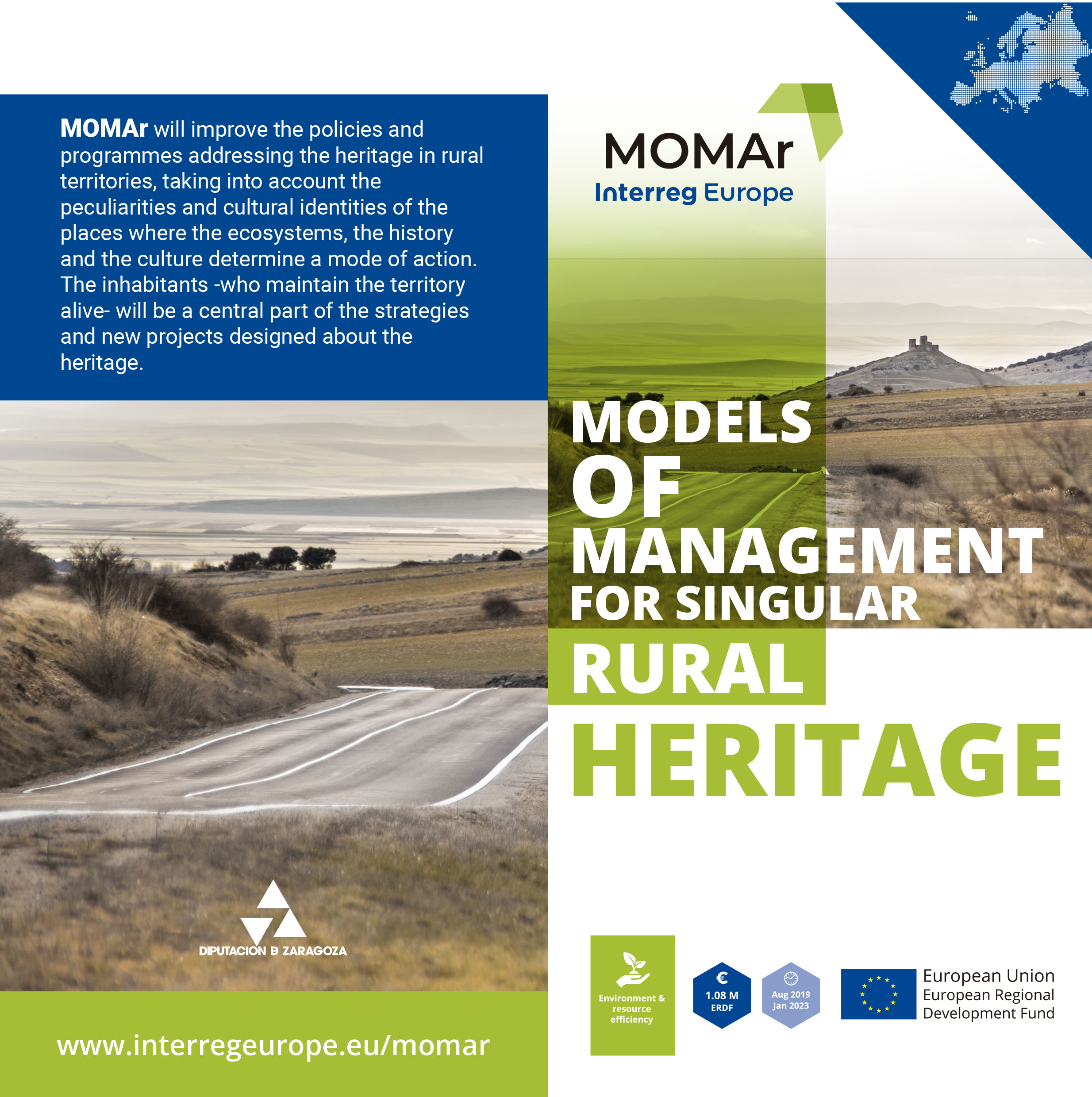On June 13th, the European Commission and Europa Nostra (the European Voice of Civil Society committed to Cultural Heritage), announced the winners of the European Heritage Awards. The Awards celebrate and promote the highest standards in heritage interventions, research, education, training and awareness-raising, as well the longstanding dedication of professionals and volunteers. This year, the Awards rewarded 30 outstanding heritage achievements from 21 countries, including the Via Transilvanica project, one of the MOMAr’s good practices from Mehedinti County.
A MOMAr Good Practice
This initiative consists of a 1,400 km trail that reveals 2,000 years in the history of Transylvania, from Putna to Drobeta Turnu-Severin, aiming to revitalise rural areas but also to promote eco-tourism. The hiking trail spans more than 20 different ethnic and cultural regions of Romania, and around 400 communities, showcasing 12 UNESCO World Heritage Sites.
An international success
The route was officially launched last October in Alba Iulia through a fair attended by more than 12,000 participants, which generated significant national and international attention since it serves as a vital connection between local communities and diverse facets of heritage, encompassing both built and natural heritage as well as intangible traditions.
The European Heritage Awards’ jury stated: “In one of the most stunning regions of Europe, the remarkable trail Via Transilvanica serves as a vital connection between the community and diverse facets of heritage, encompassing not only the built heritage and intangible traditions but also the region’s food heritage. The project has fostered a strong sense of place, deepening people’s connection to the trail and its surroundings. Working alongside public stakeholders, NGOs and other organisations, the project has reached out to over 7 million people. It has also highlighted accommodation that helps protect built heritage while attracting sustainable tourism, thus bringing economic benefits”.
The jury concluded: “Beyond its focus on heritage and culture, the project also emphasises the importance of environmental conservation, especially of forests. Another positive aspect is the commitment of the project’s initiators to artistic expression and its well-defined future goals to develop further trails related to architecture, gastronomy and other domains”.












